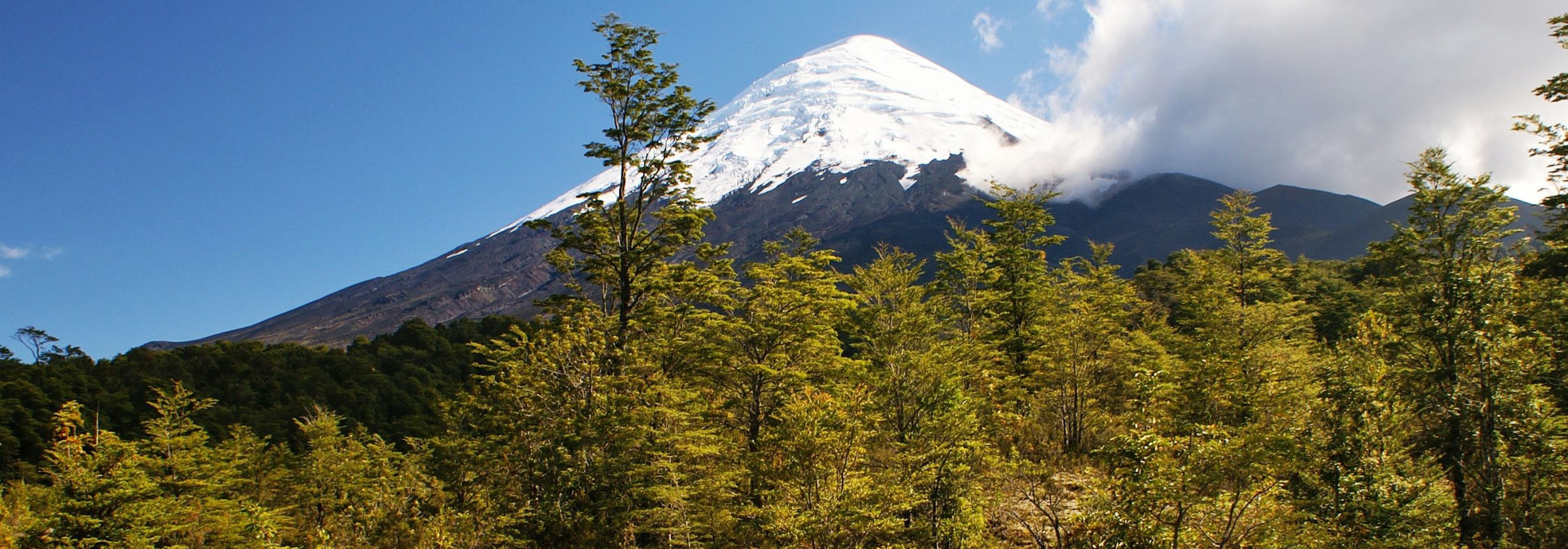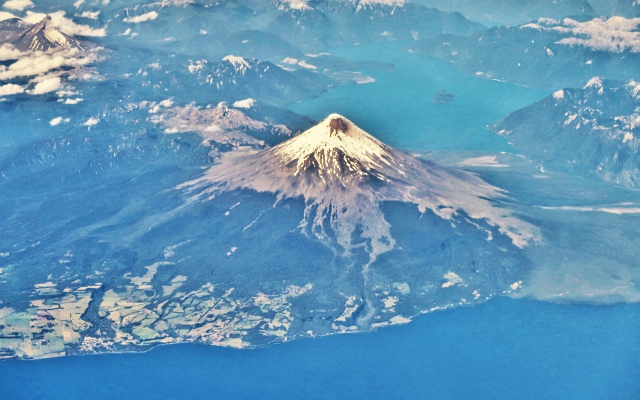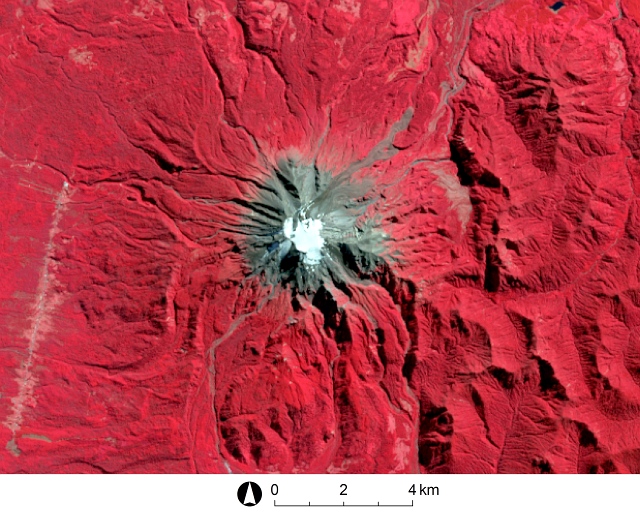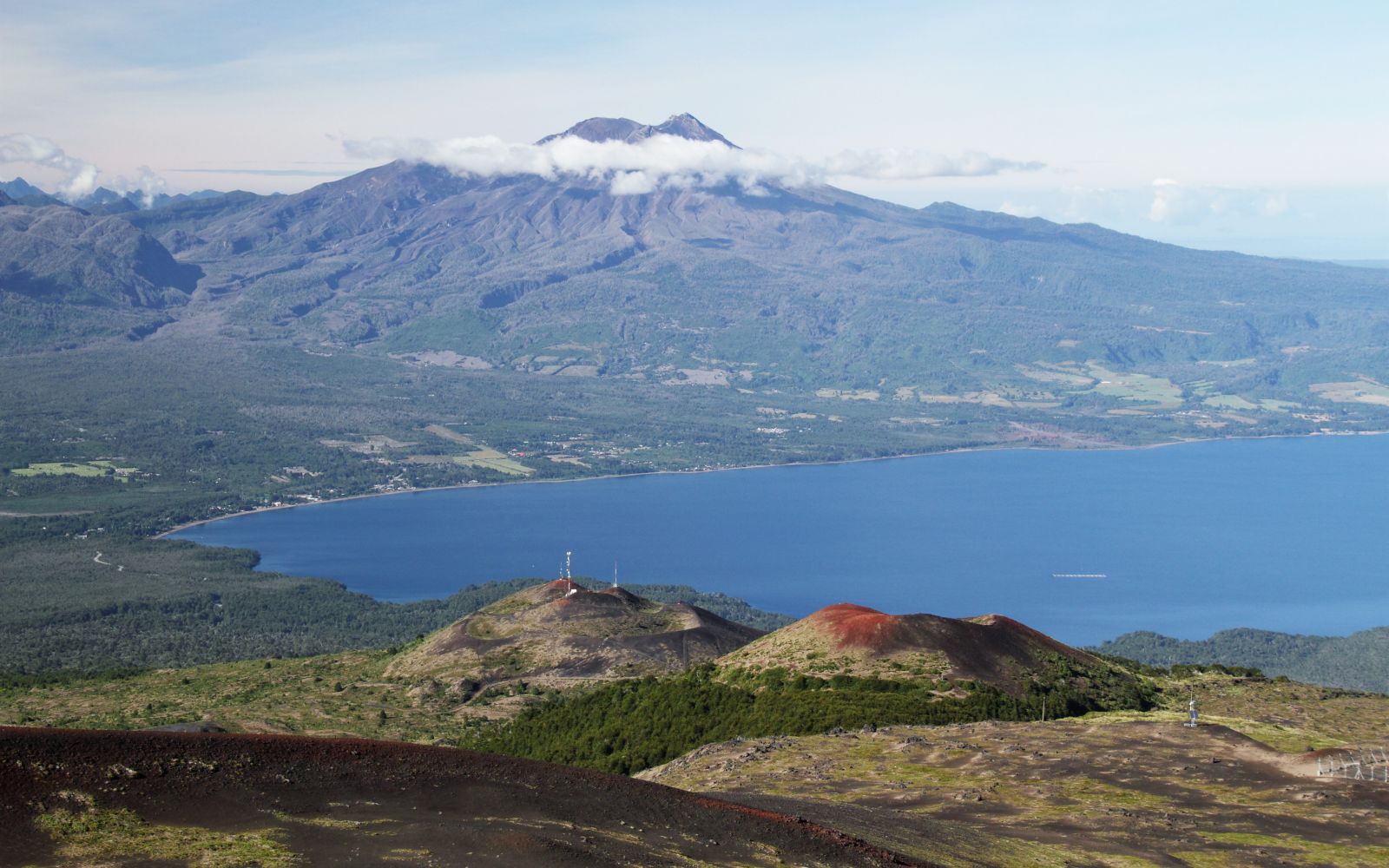Castruccio, A., Clavero, J. & Rivera, A. (2010): Comparative study of lahars generated by the 1961 and 1971 eruptions of Calbuco and Villarrica volcanoes, Southern Andes of Chile. Journal of Volcanology and Geothermal Research 190(3-4): 297-311 [Access source]
Castruccio, A., Clavero, J., Segura, A., Samaniego, P., Roche, O., Le Pennec, J.L. & Droguett, B. (2016): Eruptive parameters and dynamics of the April 2015 sub-Plinian eruptions of Calbuco volcano (southern Chile). Bulletin of Volcanology 78(9): 62 [Access source]
Ivy, D.J., Solomon, S., Kinnison, D., Mills, M.J., Schmidt, A. & Neely, R.R. (2017): The influence of the Calbuco eruption on the 2015 Antarctic ozone hole in a fully coupled chemistry-climate model. Geophysical Research Letters 44(5): 2556-2561 [Access source]
Lopez-Escobar, L., Parada, M.A., Moreno, H., Frey, F.A. & Hickey-Vargas, R.L. (1992): A contribution to the petrogenesis of Osorno and Calbuco volcanoes, Southern Andes (41° 00'-41° 30'S): comparative study. Andean Geology 19(2): 211-226 [Access source]
Romero, J.E., Morgavi, D., Arzilli, F., Daga, R., Caselli, A., Reckziegel, F., Viramonte, J., Díaz-Alvarado, J., Polacci, M., Burton, M. & Perugini, D. (2016): Eruption dynamics of the 22-23 April 2015 Calbuco Volcano (Southern Chile): Analyses of tephra fall deposits. Journal of Volcanology and Geothermal Research 317: 15-29 [Access source]
Van Eaton, A.R., Amigo, Á., Bertin, D., Mastin, L.G., Giacosa, R.E., González, J., Valderrama, O., Fontijn, K. & Behnke, S.A. (2016): Volcanic lightning and plume behavior reveal evolving hazards during the April 2015 eruption of Calbuco volcano, Chile. Geophysical Research Letters 43(7): 3563-3571 [Access source]
The volcano Calbuco in the Global Volcanism Program of the Smithsonian Institution [Access source]
The volcano Osorno in the Global Volcanism Program of the Smithsonian Institution [Access source]
Spanish-language CONAF entry on the Vicente Pérez Rosales National Park [Access source]
Wikipedia article on the volcano Calbuco [Access source]
Spanish-language Wikipedia article on the volcano Osorno [Access source]




















